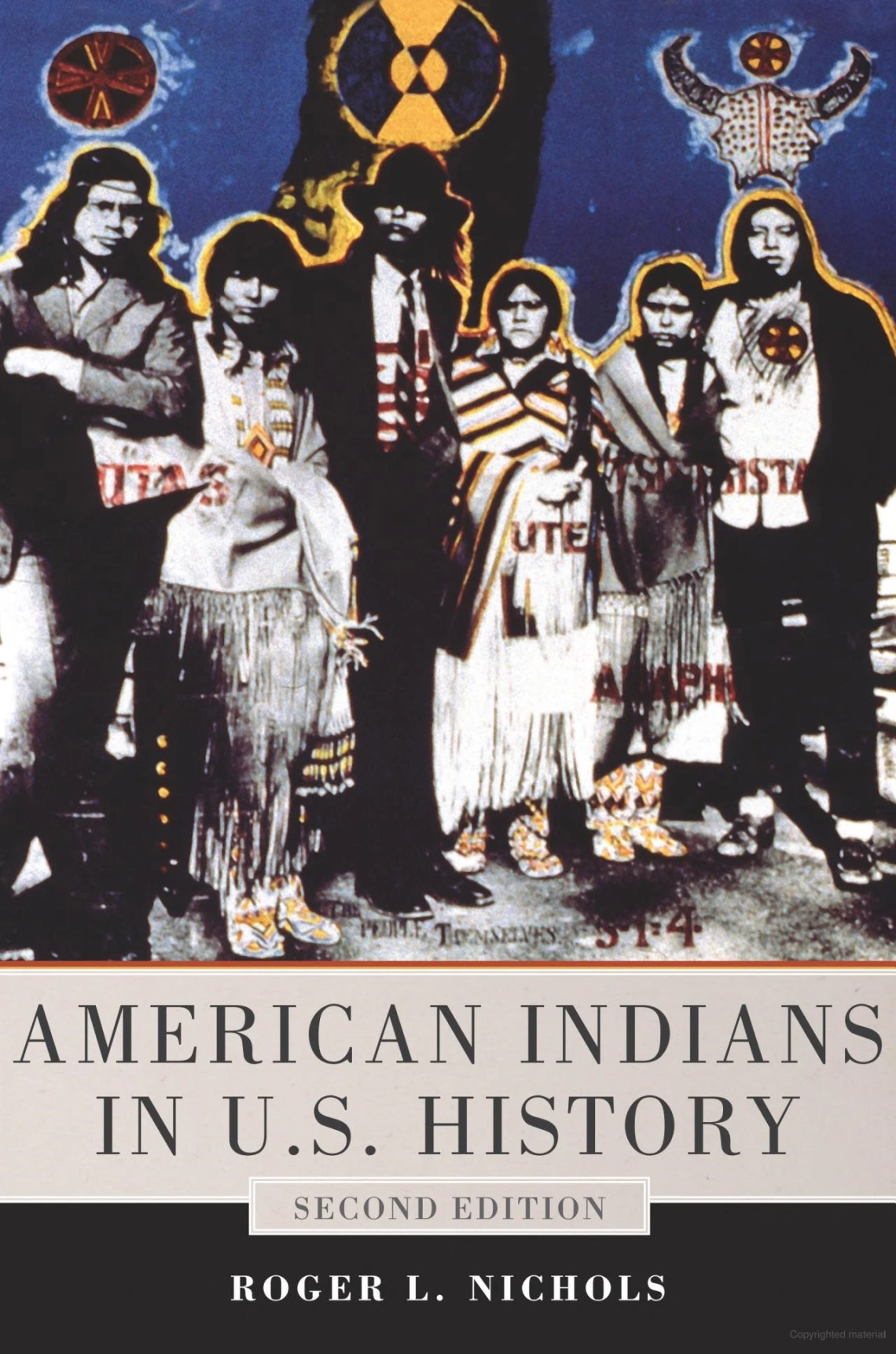
Nichols gracefully summarizes the last 2,000 years of American Indian life in fewer than 300 pages by concentrating on Indian-European encounters. He begins, however, with ancient migration to the Americas, current knowledge of which is based on material and human remains, though some of those are objects of controversy over whether they are the remains of present-day Indians' ancestors. The native time line becomes denser when whites appear, for these interlopers' impact was soon felt by all but the remotest indigenes, thanks to the epidemics, storied violence and arrogance, and often-destructive livestock settlers brought with them. Many Indians tried to trade peaceably, but too often they were seen as a resource to be exploited. Stereotyped by colonists as bloodthirsty savages and by others more recently as peace-loving environmentalists, Indians were much more complex, possessed of hundreds of social groups, languages, religious beliefs, and lifestyles. Nichols neatly covers major events, from King Philip's War to the 1973 Wounded Knee occupation to the explosive phenomenon of native-owned casinos, and the accompanying evolution of governmental and popular attitudes. Roberta Johnson, Copyright © American Library Association. All rights reserved --This text refers to an out of print or unavailable edition of this title.

